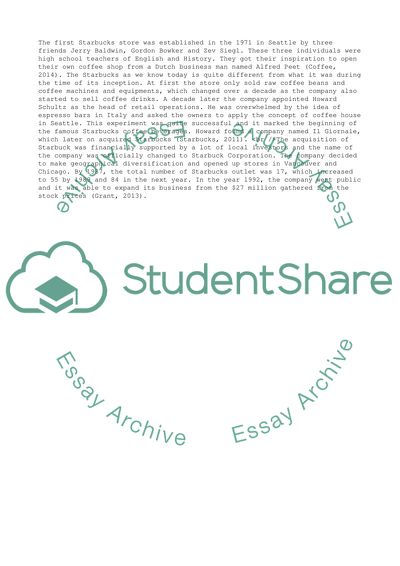Cite this document
(“Starbucks Case Study Example | Topics and Well Written Essays - 4750 words”, n.d.)
Retrieved from https://studentshare.org/business/1685402-starbucks-strategic-analysis
Retrieved from https://studentshare.org/business/1685402-starbucks-strategic-analysis
(Starbucks Case Study Example | Topics and Well Written Essays - 4750 Words)
https://studentshare.org/business/1685402-starbucks-strategic-analysis.
https://studentshare.org/business/1685402-starbucks-strategic-analysis.
“Starbucks Case Study Example | Topics and Well Written Essays - 4750 Words”, n.d. https://studentshare.org/business/1685402-starbucks-strategic-analysis.


